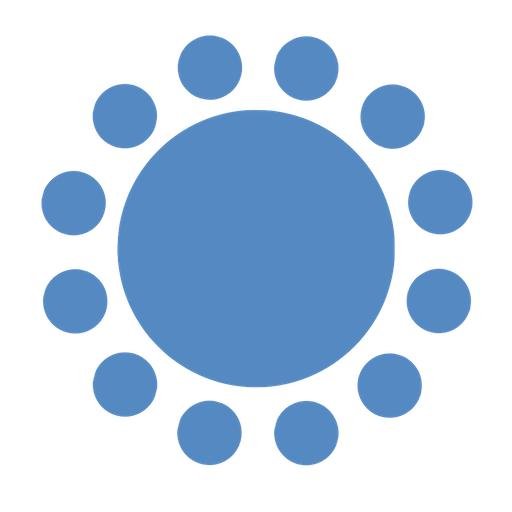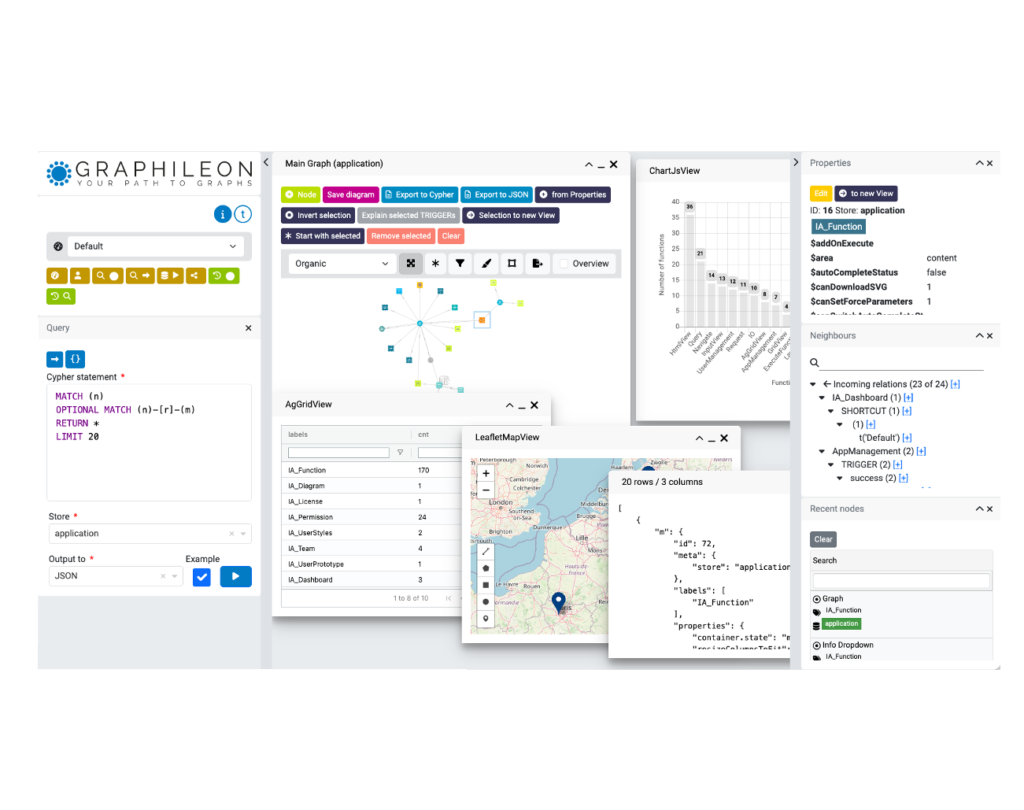In the 90’s of the previous century, Graphileon’s founder Tom Zeppenfeldt was involved in monitoring and evaluation of development projects in Africa and Latin America. An environment in which information requirements changed constantly, to keep up with changing political focus in donor countries : from a focus on environment, to small enterprise development, to gender, to governance .. and back.
The first efforts to create tools to manage data in a flexible way were based on the concept of “referential databases”. An add-on to a relational database that allowed users to create references from one database record to another. Graphy avant-la-lettre , but limited by the nature of the storage.
When Neo4j appeared on our radar, we immediately saw that graph databases would have been a far better foundation for what we wanted to achieve : a flexible but robust data management system, userfriendly enough to be operated by non-developers.
The first version of our toolset (named Prologram, derived from the Project Logic we wanted to store for the development projects in Africa and Latin America) already allowed users to manage data (nodes and relationships) without writing any code.
By 2015 we had an even better insight, when we started thinking of applications as sets of functions and actions that trigger each other. A query function that executes successfully triggers a table function, a click on a row in the table triggers another query that returns data for a chart.
(Query)-[:success]->(Table)-[:rowClick]->(:Query)-[:success]->(:Chart)
So, applications can be modeled as graphs too!
InterActor was born. The user-friendly, visual way of managing data is now not just applied to business data, but also to nodes and relationships that represent the functions and triggers of applications.
In 2018, we noticed that people were talking in terms of “using Graphileon”, instead of “using InterActor” .. so we decided to phase-out “InterActor”. By then, we also saw the openCypher project getting more traction. For us an important reason to increase our efforts to support openCypher.
Vision
As data become more and more connected or linked, information will be increasingly often be derived from the links between data instead of the data itself. As new use cases emerge, data-models need to be very flexible.
The process of storing data using flexible models and extracting information out of linked data is enhanced by using graph databases, in combination with specialized query languages.
Graph technology will become mainstream and be part of the standard tool-set of the majority of organisations, in addition to legacy tools like relational databases and spreadsheets.
Consultants will play an important role for midsize and large companies, to provide guidance and support in the field of discovery of use-cases and implementation of solutions based on graph technology.
Valorisation of data stored in graph databases (by creating useful extractions, combinations, visualisations and applications) will be part of daily routines, not just of developers, but also of non-developers like managers, consultants and data-analysts.
Mission
Our mission is to become the supplier of the most widely used tool-set to manage data in, and develop applications on top of graph databases.
We are respected for:
- Our innovative ideas and the ability to turn those into usable products
- Our enthusiasm for empowering others
- The good price/value ratio of our products and services
- Our active promotion of a diverse workforce


 Docker
Docker Cloud
Cloud